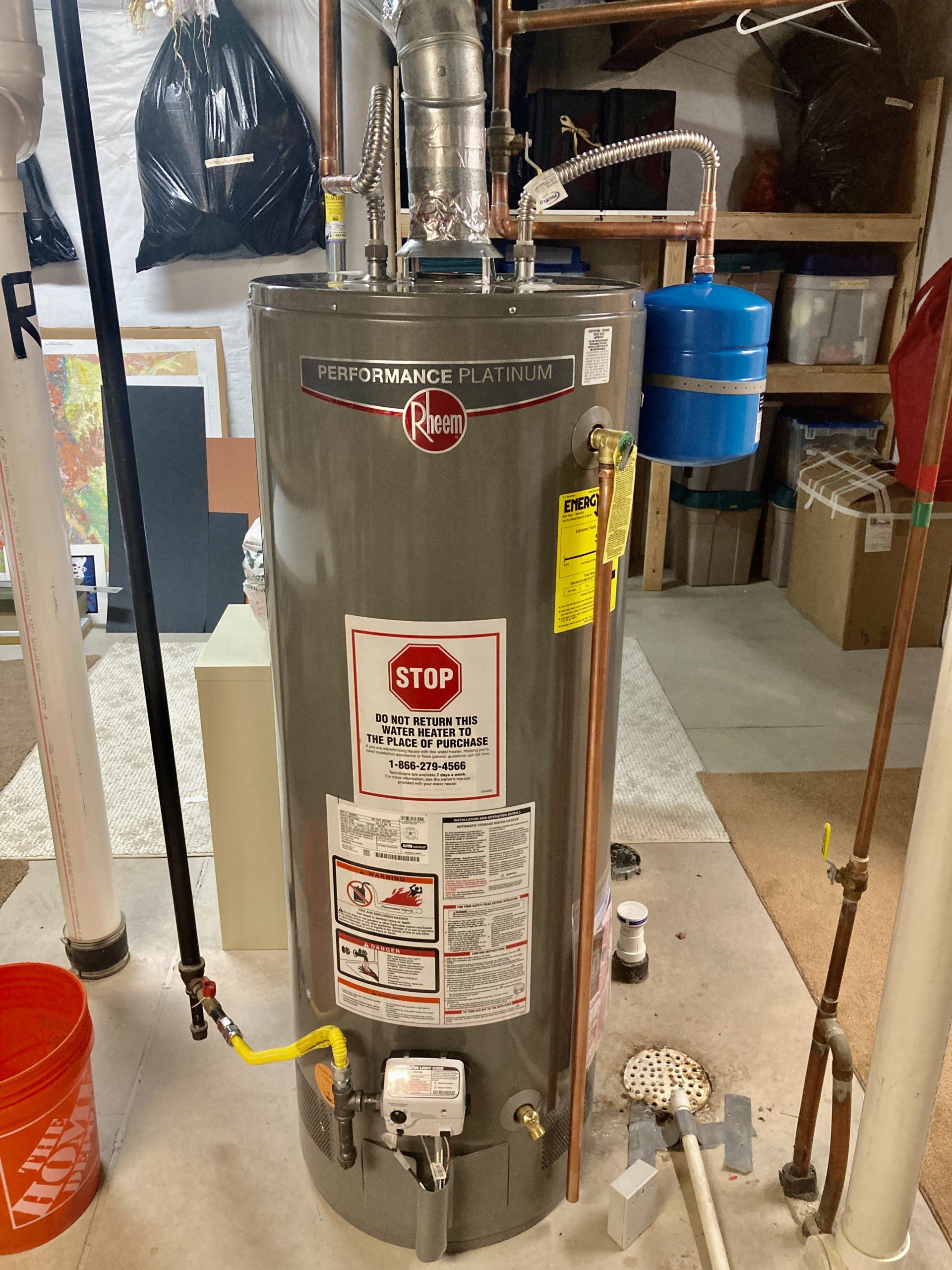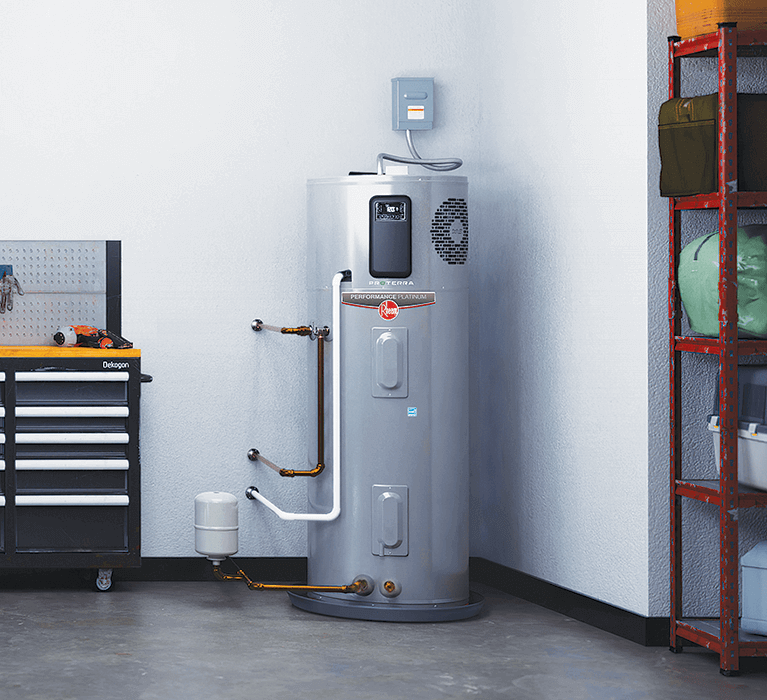What're your thoughts about What Kind of Maintenance Do Water Heaters Need??

Warm water is vital for day-to-day comfort, whether it's for a revitalizing shower or washing recipes. To ensure your warm water system runs efficiently and lasts much longer, regular upkeep is key. This post provides functional tips and insights on just how to maintain your home's warm water system to avoid interruptions and pricey repair work.
Intro
Maintaining your home's hot water system could seem complicated, yet with a few basic actions, you can ensure it operates efficiently for years to find. This overview covers everything from comprehending your warm water system to DIY maintenance ideas and recognizing when to hire expert aid.
Importance of Preserving Your Warm Water System
Normal maintenance not only prolongs the life-span of your warm water system yet also ensures it runs effectively. Disregarding maintenance can cause decreased effectiveness, greater energy costs, and even early failing of the system.
Indications Your Warm Water System Needs Maintenance
Recognizing when your hot water system requires attention can stop significant issues. Look out for indications such as irregular water temperature, odd noises from the heater, or rusty water.
Flushing the Hot Water Heater
Purging your water heater eliminates debris build-up, improving effectiveness and lengthening its life.
Monitoring and Changing Anode Rods
Anode poles avoid rust inside the container. Inspecting and replacing them when worn is vital.
Facility Concerns Calling For Specialist Aid
Instances consist of significant leakages, electric issues, or if your hot water heater is constantly underperforming.
Regular Expert Maintenance Advantages
Professional maintenance can include thorough evaluations, tune-ups, and guaranteeing compliance with safety standards.
Evaluating and Readjusting Temperature Level Setups
Changing the temperature settings ensures ideal performance and safety.
DIY Tips for Upkeep
You can execute a number of maintenance tasks on your own to maintain your warm water system in top condition.
Looking for Leakages
On a regular basis check pipes and connections for leakages, as these can lead to water damage and greater costs.
Recognizing Your Warm Water System
Before diving into maintenance tasks, it's helpful to understand the basic parts of your warm water system. Normally, this includes the water heater itself, pipes, anode poles, and temperature level controls.
Month-to-month Upkeep Tasks
Routine monthly checks can help capture small problems before they escalate.
Testing Stress Relief Valves
Examining the stress relief valve guarantees it works correctly and stops extreme stress accumulation.
Insulating Pipelines
Insulating warm water pipes lowers warm loss and can save power.
When to Call a Professional
While do it yourself maintenance is advantageous, some concerns need professional knowledge.
Verdict
Regular upkeep of your home's hot water system is vital for efficiency, long life, and expense savings. By adhering to these suggestions and knowing when to look for expert help, you can make sure a reputable supply of hot water without unanticipated interruptions.
How to Maintain an Instant Hot Water Heater
Before tinkering with your hot water heater, make sure that it’s not powered on. You also have to turn off the main circuit breaker and shut off the main gas line to prevent accidents. Also turn off the water valves connected to your unit to prevent water from flowing into and out of the appliance. 2. When you’re done, you have to detach the purge valves’ caps. These look like the letter “T” and are situated on either side of the water valves. Doing so will release any pressure that has accumulated inside the valves while at the same time avoid hot water from shooting out and burning your skin. 3. When the purge valves’ caps are removed, you have to connect your hosing lines to the valves. Your unit should have come with three hoses but if it didn’t, you can purchase these things from any hardware or home repair shops. You can also get them from retail stores that sell water heating systems. Read the user’s manual and follow it to complete this task properly. When the hosing lines are connected, open the purge port’s valves. 4. You should never use harsh chemical cleaners or solutions when cleaning your unit. Make use of white vinegar instead. It should be undiluted and you’ll probably use about 2 gallons. 5. Now flush your water heater. This task should probably take about 40 minutes. We can’t give you specific directions for this because the procedure is carried out depending on the type, model and brand of your heater. With that being said, refer to the user’s manual. 6. When you’re done draining the unit, you have to turn off the purge port valves again. Remove the hosing lines that you earlier installed on each of the water valves. Put the valve caps (purge port) back in their respective places and be very careful so as not to damage the rubber discs that are found inside these caps. 7. Now that everything’s back in place, check your user’s manual again to find out how to reactivate your water heating system. 8. Once it is working, turn one of your hot water faucets on just to let air pass through the heater’s water supply pipes. Leave the tap on until water flows smoothly out of it. https://www.orrplumbing.com/blog/2014/september/how-to-maintain-an-instant-hot-water-heater/

Hopefully you enjoyed reading our topic on What Kind of Maintenance Do Water Heaters Need?. Thanks a lot for taking time to read our piece of content. You should set aside a second to promote this blog post if you liked it. Thank you for your time. Return soon.
Pricing